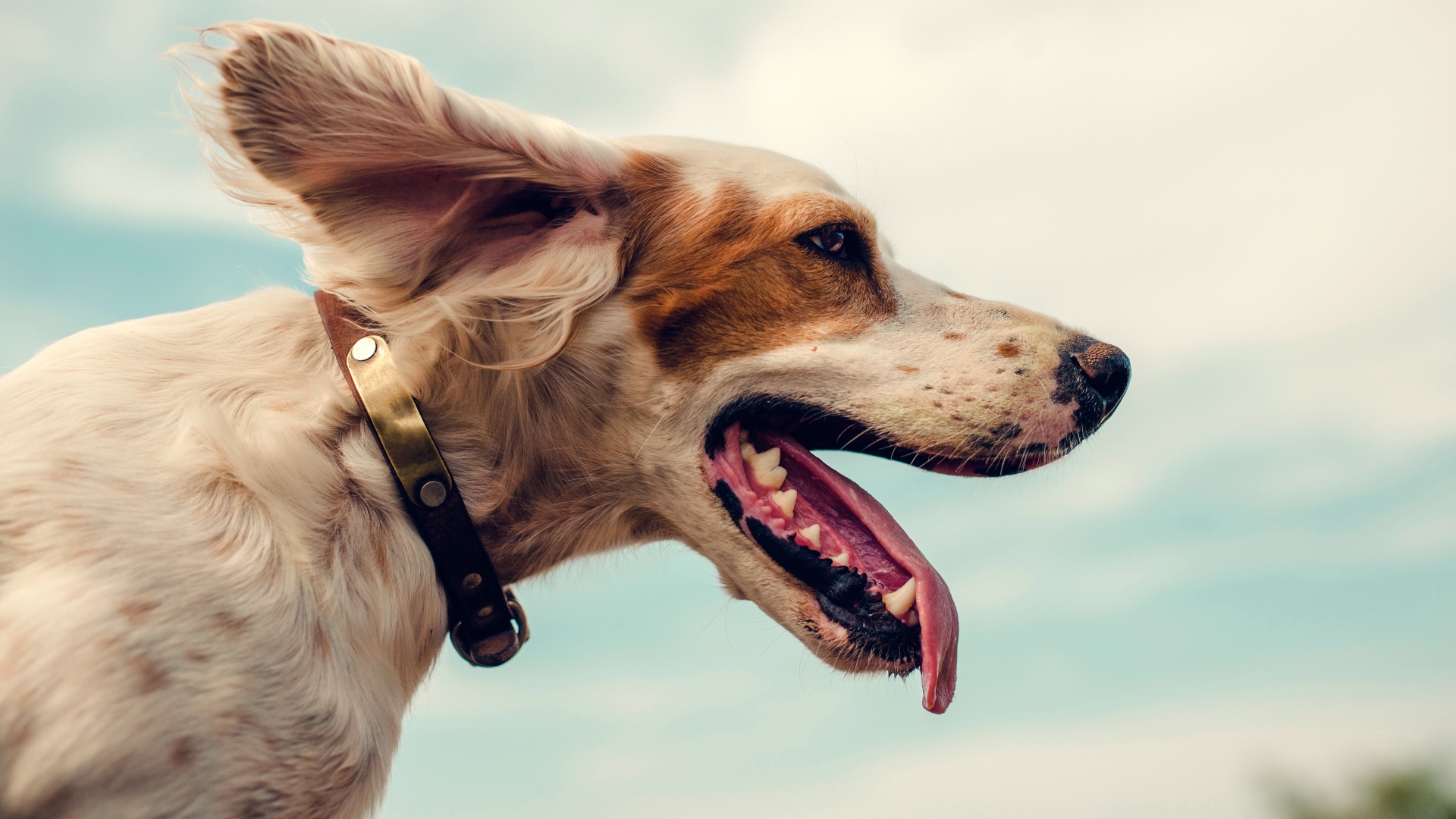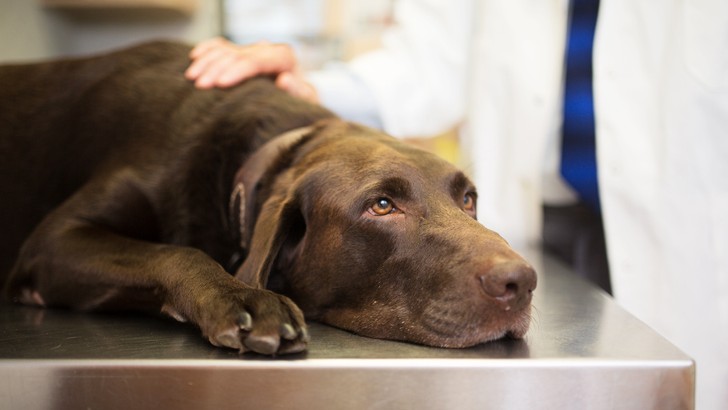Can dogs eat cicadas? What to do if your dog eats them
Some dogs eat cicadas like they're going out of fashion, but do these critters make for a tasty or troublesome treat? We find out!

Many pet parents find their dogs eat cicadas with the same voracious enthusiasm as kids attack ice-cream, so it's only natural to worry about whether these insects are a safe snack or whether you should be wrestling them out of your dog's jaws.
You probably won't be surprised to hear that cicadas are unlikely to be featured in anyone’s top ten best dog food list any time soon, but that doesn’t mean that your pooch won’t be intrigued by these big buzzing bugs - especially when you consider that trillions of them will burst from the ground this year alone!
Cicadas themselves aren't toxic, so that's one less thing to worry about, but they're not exactly good for your dog either. While the odd insect here and there isn't going to cause them any harm, feasting on these winged insects too often could cause the kind of stomach upset that'll give your dog a serious case of food regret.
When it comes to choosing healthy dog treats for your pooch, you might want to think twice about adding cicadas to the shopping list, but you can safely apply the 'everything in moderation' rule when it comes to your hound having an occasional chomp on one of them. Let's take a closer look so you know what to expect if your dog has taken a liking to this unusual delicacy.
Are cicadas good for dogs?
No, not really. Despite many humans, birds, rodents, lizards, snakes, and fish all choosing to (and enjoying) feasting on cicadas, unfortunately the same can’t be said for dogs.
In general, if your pooch snacks on a few cicadas, it shouldn’t be too much of an issue. However, should they end up gorging on lots of these large critters, it can lead to some seriously nasty consequences and leave your pooch feeling really rather poorly.
With more than 3,000 known species of cicada on our planet - some of which only emerge from their underground homes every 13 to 17 years for just four weeks at a time - it’s important to understand why your furry best friend needs to keep away from these large winged insects.
Get the best advice, tips and top tech for your beloved Pets
Why are cicadas bad for dogs?

Cicadas aren’t like other bugs in that they don’t bite or sting. However, if temperatures reach 64 degrees and you spot your dog frantically digging in the yard, it may be because they can hear young cicadas beneath the ground, preparing to emerge.
And, when they do, you’ll want to make sure you’re all safe inside with the doors and windows closed! That’s because when it’s time for cicadas to surface, they do so in their trillions. There are often so many of them that they can completely cover anything and everything they come across, such as cars, trees, and even houses.
If eaten, a cicada’s crunchy exoskeleton (the animal’s external skeleton that protects their body) can be extremely difficult to digest and can lead to severe abdominal pain and stomach upset, as well as vomiting and bloody diarrhea. In more extreme cases, some pups may even require the assistance of intravenous fluids, anti-nausea medication, and pain relief.
Should severe symptoms not be treated or a canine ends up consuming an obscenely large quantity of cicadas, there have unfortunately been a handful of incidences that have sadly resulted in the loss of life, so it’s important to stay vigilant and, where possible, stop your dog from snacking on cicadas altogether.
But it’s not just the aftereffects that could be the problem. Dogs also run the risk of choking on the cicada’s wings or exoskeleton, have the potential to suffer from an allergic reaction, or may even consume a high quantity of pesticides.
What to do if your dog eats cicadas
An occasional cicada or two here and there is unlikely to do your dog any harm, but making sure it's no more than that is important for your canine companions overall health and wellbeing.
Dr. Nita Vasudevan of Peachtree Creek Animal Hospital in Georgia offers some helpful tips on how you can limit your dogs consumption of these winged insects:
1. Avoid areas where cicadas tend to be found in high numbers: That means steering clear of wooded parks or big stretches of green space with lots of trees. During peak cicada season (late May until early July) ditch the grassy park in favor of a paved trail.
2. Keep your pets on a short leash: While you may prefer to let your dog run around unsupervised when you're out for a walk, keep them on a leash for the few months when cicadas are at their most prevalent. You might also want to consider keeping them indoors more rather than letting them out into the backyard.
3. Pay closer attention: You'll want to be extra vigilant for 6-8 weeks to spot any usual symptoms that might appear in your dog and if you do notice anything, err on the side of caution. "If you notice any change in symptoms in your pet, it is ALWAYS best to not delay and hope the signs and symptoms will self resolve," Dr. Vasudevan explains.
Teaching your pup from an early age to either “leave it” or “drop it”, can be a life saver in adulthood, so start training them from a young age to release things that are in their mouths. While they may not listen every time, you've got a greater chance of them obeying you if you teach them key commands early on.
And if your canine does manage to feast on one too many cicadas and begins to show symptoms of lethargy, lack of appetite, vomiting, or diarrhea, seek immediate medical attention from your veterinarian who will be able to advise you on the best course of treatment.
Chloe is a freelance writer, editor, and proofreader, who has more than ten years’ experience in creating animal-focussed content. From National Geographic to Animal Planet, Chloe’s passion for creating fact-filled features all about wildlife and the environment is evident. But it’s not just wild animals that Chloe’s fascinated by. Having written more than 75 articles for PetsRadar - and having her very own four-legged friend by her side - it’s no wonder that her love of dogs (and, of course, cats) has grown exponentially.
Her website, www.chloemaywrites.com, and social media pages - @ChloeMayWrites on Instagram, Facebook, and Twitter - showcase her knowledge through daily facts and trivia tidbits. For example, did you know that snails have teeth?!

